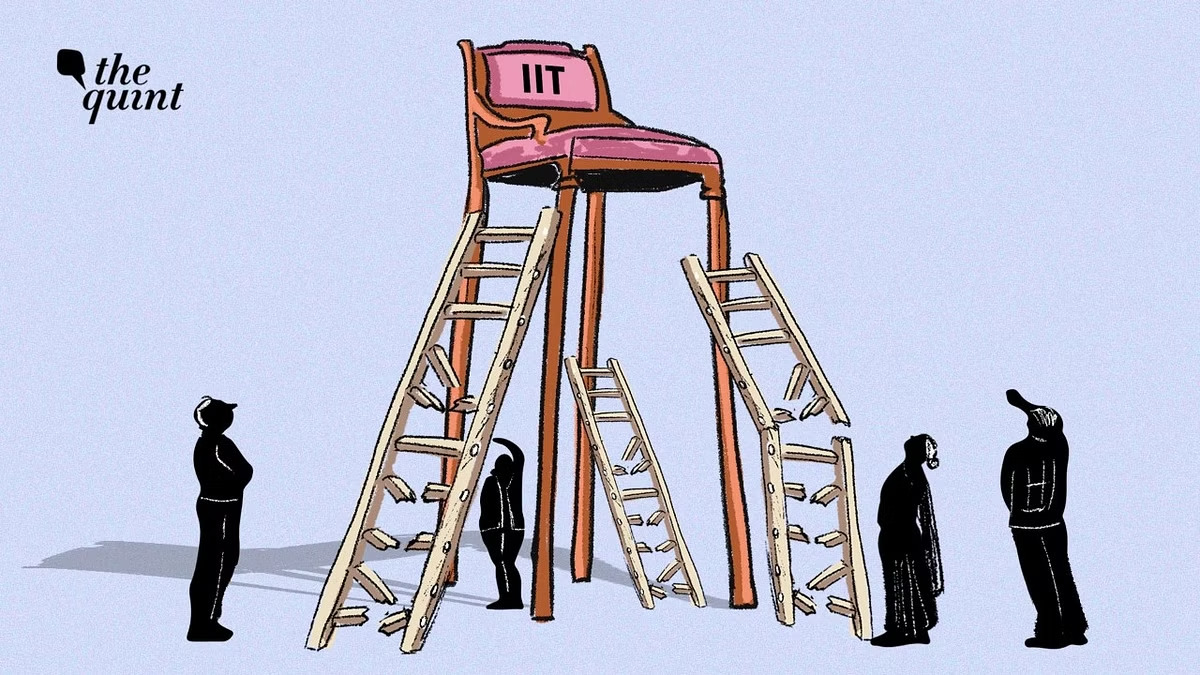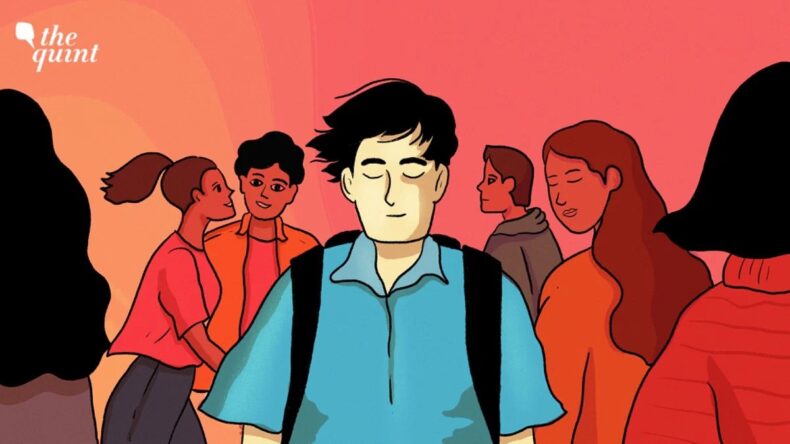In response to the casteism allegations on IIT- Delhi, a caste-based survey which was circulated earlier this week in IIT-Delhi was withdrawn after students complained that the survey was irrelevant and insensitive. This survey was formulated by the Board for Student Publications. As per the authorities, they had asked the BSP to consult the SC/ST Cell of the Institute, however, they did not follow its instructions.

Background to the Casteism Chaos at IITs
In less than 2 months, two students of the Scheduled Caste community have committed suicide at IIT-Delhi. Since January 2024, 11 suicides have taken place across all IITs of the country. These rates of suicide that continue to increase have made it an unfortunate routine within such highly competitive environments.
Casteism at IITs
Various interactions with students on campus has suggested the prevalence of casteism within these institutions, is mostly from the academic routine and its control by the upper-class faculty.
It has been stated that the professors at IITs, 90% being upper caste make jokes about undeserving students who have gotten through reservation and are devoid of merit. The over emphasis on cut throat competition instead of collaborative working further alienates students who come from lower caste backgrounds. When enquired from students of upper caste backgrounds, they blame it on the academic disabilities and introverted nature of the lower caste students.
Various studies have shown that on entering into IITs, caste identities get exacerbated. The seniors students enquire of ranks from the new entrants which then confirms their caste-ist assumptions, in turn strengthening the caste based divide among students.
Additionally, the social as well as the academic isolation coupled with familial pressures to facilitate class mobility positions these lower caste students at the focal point of disadvantage.
Why the Casteism at IITs?

Often colleges that are reputed for their “scientific” and “rational” endeavours with their ability to innovate and calculate remain aloof of the societal and humanistic aspects of the society they live in.
The superior status given to children from the science background coupled with the demeaning of the knowledge of humanity subjects makes these institutions devoid of understanding of the historical wrong doings that the marginalized have faced, the atrocities they have encountered and its very source. All that they see is the “benefit of reservation” or low cut off accorded for these students to qualify. This makes their feelings take forms of passive aggression in campus.
Furthermore, academic curriculum and placement procedures that reaffirm these caste identities do so as a result of their underlying insecurity of the so called “lesser meritorious” students going unnoticed.
It is thus important to sensitise the people of such “science based institutions” towards atrocities that marginalised communities have faced without making them feel superior but instead how, even though these students have equal potential, their depravity of opportunities and resources has rendered them invisible.
Caste identities, if they do exist, must only exist to empower these communities while providing them a fair chance of mobility. As the drop out rates in higher education institutions soar higher, it is essential to empathise with the lower caste communities and work with them cooperatively instead of competing with them for the same. The youth must work together undivided by ancient prerogatives.













